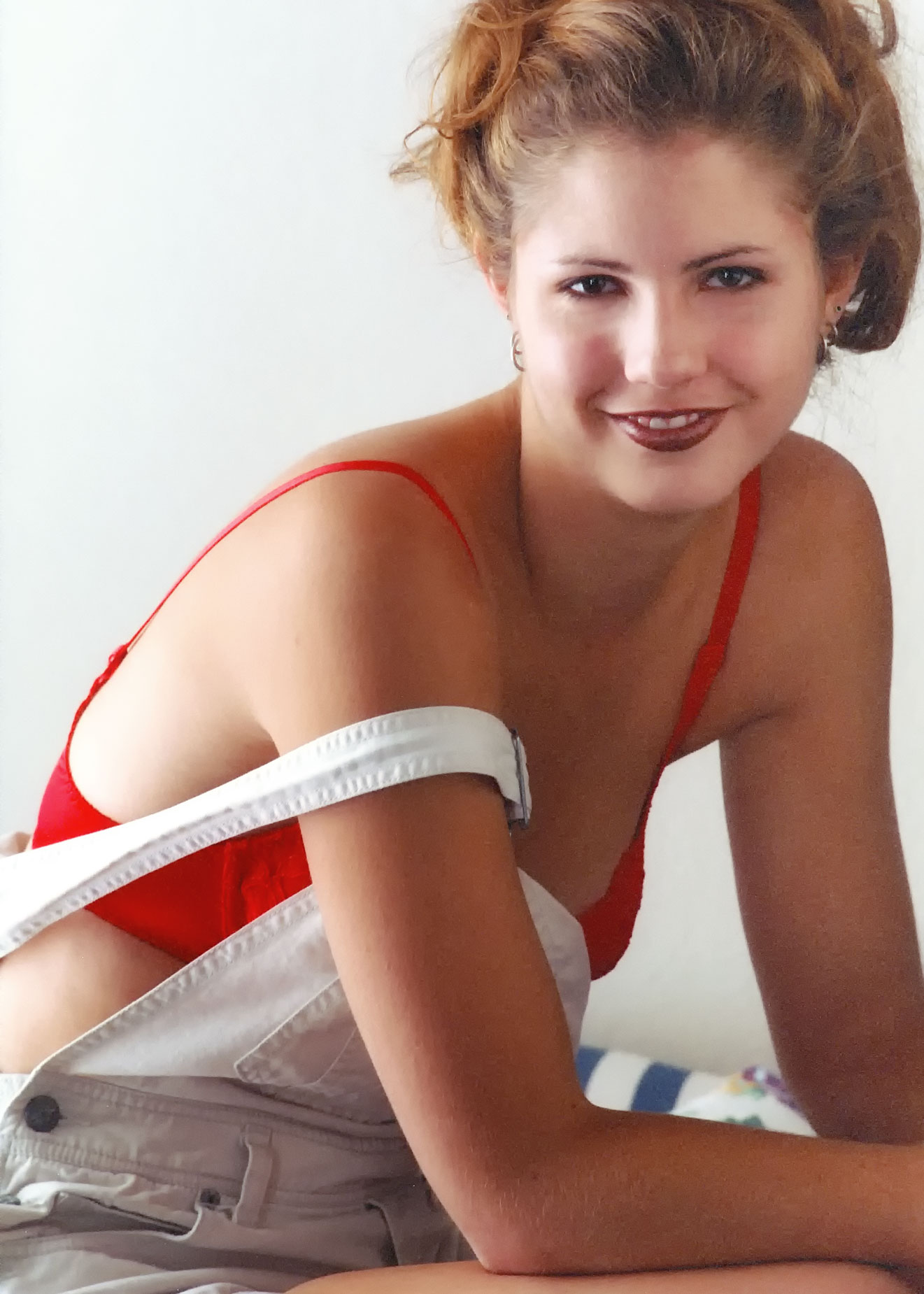Today’s Post by Joe Farace
It’s #FlashBackFriday and #FilmFriday and I’m feeling nostalgic…
Or is it fewer shots, more fun.
One aspects of digital photography is that it appears we shoot more images during a photo session than when previously shooting film. During the film era, when I made today’s featured image, I’d expose two to three rolls of 35mm film during a model shoot. And sometimes these were 24 exposure rolls, so a shoot might consist of making 72 to 108 images. When shooting this kinds of session with a digital camera I typically make 300 or more photographs.
So are these photographs any better than when I was shooting film? Does not worrying about the cost of film and processing free me to produce not just more images but better ones? I asked a few people what they thought:
 A former Shutterbug editor told me he would formerly shoot three rolls of 120 and two rolls of 35mm film during a model shoot but with digital capture he typically makes 600 shots One wedding photographer said, “Just thinking about film and processing costs increases my resistance to pressing the shutter.” This is where that the law of unintended consequences comes into play when capturing a large number of digital images:
A former Shutterbug editor told me he would formerly shoot three rolls of 120 and two rolls of 35mm film during a model shoot but with digital capture he typically makes 600 shots One wedding photographer said, “Just thinking about film and processing costs increases my resistance to pressing the shutter.” This is where that the law of unintended consequences comes into play when capturing a large number of digital images:
- Editing time: How much time does it take to sort and edit all these shots? It’s such a time consuming process that “culling software” is one of the fastest growing new program categories. I admit the idea of an AI finding the sharpest images where the subject’s eyes are open and in focus is appealing but minimizes my ability to do cut-and-paste portraits.
- Camera wear and tear: Is making all of these additional exposures adding premature wear and tear to our cameras? This has to affect shutter life more than film shooters may have experienced during the past.
How I Made this Portrait: If you want to give your portrait a “film look,” why not just shoot it with film? I photographed Kim Goetz in the dining room of my former home using mostly available light with (maybe) a reflector placed at camera right. The camera was my original Contax 167MT, not the one I recently purchased, and a Carl Zeiss 85mm f/2.8 lens. Exposure on Kodak color negative was unrecorded. Scans were from Kodak’s original Photo CD process and were opened using Lemke Software’s GraphicConverter producing fairly good quality files from the disc but the software is not without its quirks for those, like me, using older computers and OS. Grain from the film scan was moderated with Dfine and I applied the Glamour Glow filter that’s part of Color Efex as the final touch.
My book Joe Farace’s Glamour Photography is full of tips and techniques for using the cameras and lenses in my gear closet to produce glamour and portrait photography. New copies of the book are available from Amazon for $34.95, with used copies selling for around nine bucks, as I write this, which is a bargain just based on its 125 pages of useful information. The Kindle version is $19.99 for those preferring a digital format.
